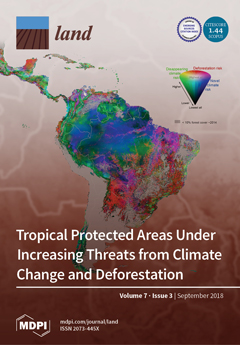Resource information
This paper explores the place of ancient Greek hunting within the Greek landscape and environment, with particular reference to the eschatia, the marginal, uncultivated (or marginally cultivated) land. It is part of a bigger project on the social history of hunting in archaic and classical Greece, where emphasis is placed on the economic and dietary contribution of hunting for Greek communities. Hunting has attracted scholarly attention, mostly as a result of the role that hunting narratives play in Greek mythology, and the importance of hunting scenes in Greek art. Rather than talking about the role of hunting in rites of passage, I would like to explore the relationships of different social classes to hunting (which is understood here to include all forms of capturing animals on land, including trapping and snaring). The ‘un-central’ landscape of the eschatia appears to be an important locus for hunting practices, and therefore, a productive landscape. Hunting in the eschatia was opportunistic, required minimum effort in terms of crossing distances, allowed access to game that could be profitable in the market, and made the transport of game easier to manage.


